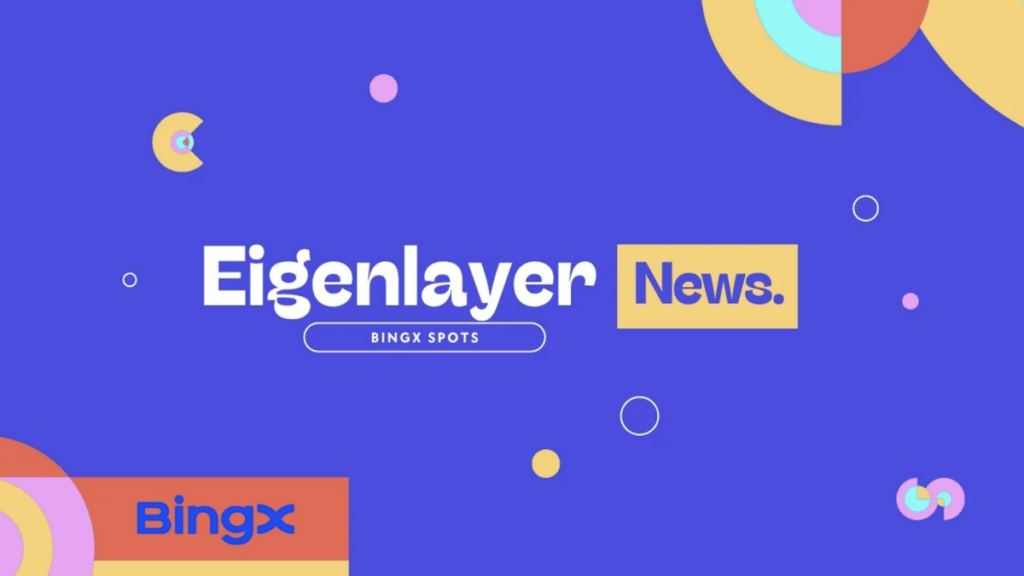In recent years, in-game economies have become a major aspect of many popular video games. From virtual currencies to rare items and skins, these digital economies have created a new realm for players to engage with and immerse themselves in.
However, the current state of these economies is far from perfect. Limited ownership, fraud, and lack of transparency are just some of the issues plaguing in-game economies. But, with the emergence of blockchain technology, a new potential for these economies has emerged.
Advantages of Blockchain for In-Game Economies
Blockchain technology offers several advantages that have the potential to revolutionize in-game economies.
Ownership and Scarcity
One of the major drawbacks of traditional in-game economies is that players do not truly own their digital assets. Items and currencies are often controlled by the game developers, who can change or remove them at any time. But with blockchain, true ownership and verifiable scarcity of digital assets become possible through non-fungible tokens (NFTs).
Interoperability and Secondary Market
Blockchain also enables players to transfer and trade their assets across different games or platforms. This opens up a secondary market for rare items, allowing players to further monetize their in-game achievements.
Transparency and Security
With blockchain’s decentralized and transparent nature, transactions within the game economy become secure and fraud-proof. This not only protects players from scams but also reduces manipulation by game developers.
Player Empowerment and Revenue Sharing
Perhaps one of the most exciting possibilities of blockchain-based in-game economies is the potential for players to earn real-world value through their in-game achievements. Additionally, player participation in game governance through decentralized autonomous organizations (DAOs) can give them a say in the direction of the economy.

Challenges and Uncertainties
While the potential of blockchain for in-game economies is promising, there are also several challenges and uncertainties that must be addressed.
Scalability and Sustainability
One of the main limitations of blockchain technology is its scalability and energy consumption. As more transactions occur within a game economy, the network can become congested and slow down. Additionally, the high energy consumption required for mining new blocks has raised concerns about the sustainability of blockchain.
Regulations and Legal Frameworks
The legal landscape surrounding blockchain-based gaming is still unclear, with potential regulatory hurdles in various countries. This uncertainty could hinder the growth and adoption of these economies.
Player Adoption and Integration
Mainstream players may be hesitant to adopt blockchain-based mechanics, as they can be complex and unfamiliar. Additionally, integrating these mechanics seamlessly into existing game designs can be a challenge for game developers.
Environmental Concerns and Social Impact
Blockchain’s high energy consumption has been met with criticism regarding its potential negative impact on the environment. There are also concerns about social issues such as gambling addiction that may arise from these economies.

Potential Future Scenarios
Despite the challenges, there are many exciting potential scenarios for the future of blockchain-based in-game economies.
Mainstream Adoption and Gamification of Finance
Imagine a future where these economies become commonplace, blurring the lines between gaming and finance. Players could potentially earn a living through their in-game achievements, creating a new form of gamified employment.
Player-Driven Economies and Decentralized Governance
With the use of DAOs, players could have significant control over the economy and decision-making within their favorite games. This would create a more democratic and player-centric approach to game development.
Metaverse Convergence and Interoperable Avatars
As gaming metaverses continue to grow in popularity, interoperability between different virtual worlds becomes a possibility with blockchain. Players could use the same avatar and digital assets in different games, creating a truly interconnected gaming experience.
Unforeseen Developments and Unexpected Challenges
As with any emerging technology, there are bound to be unforeseen developments and unexpected challenges that may shape the future of blockchain-based in-game economies. It is crucial to remain adaptable and open-minded as these economies continue to evolve.
Conclusion
In conclusion, the potential of blockchain for in-game economies is undeniable. From true ownership and scarcity to player empowerment and revenue sharing, this technology has the ability to address many issues plaguing traditional game economies. However, challenges such as scalability, regulations, and adoption must be overcome for this potential to be fully realized. Only time will tell how these economies will evolve and shape the future of gaming.
Author

Passionate Web3 and NFT explorer, navigating the complex narrative of digital assets.




